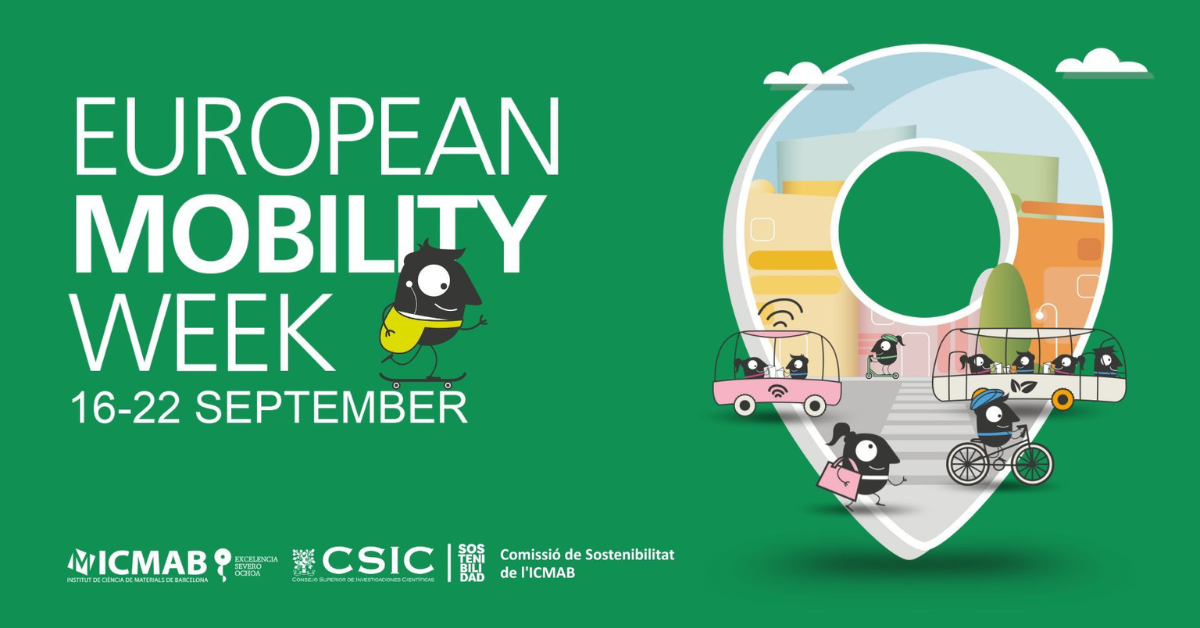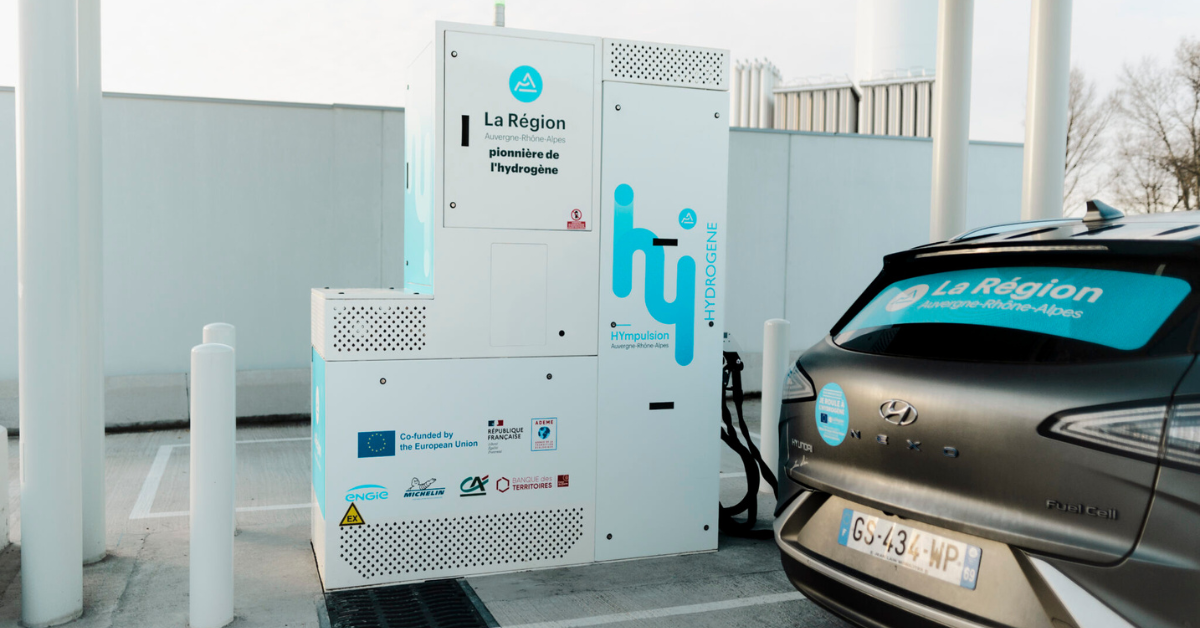On 12 September the Partnership Agreement for the period 2021-2027 between Slovenia and the European Commission was approved, and Slovenia, with a population of just over 2.1 million, will benefit from €3.26 billion in Cohesion Policy funding. It is not possible at this stage to outline specific programmes or projects as these have yet to be finalized and approved by the Slovenian Government and the European Commission alike.
However, of interest to the Intelligent Transport Systems and Smart Cities sector, the country will receive:
€511 million for ‘Connected’ actions, €806 million for ‘green’ actions and €727 million for ‘smart’ actions (see items 1 and 2 below). Technical assistance is allocated €108 million covering all sectors. (Other sectors will receive €769 million for social, €94 million for ‘closer to citizens’ and €249 Just Transition actions- shifting away from coal.) The Partnership Agreement provides funding from the European Development Fund (ERDF) and the Cohesion Fund in these areas of interest to ITS:
1. Climate Change and the Green Economy
This covers mobility and climate change. It aims for a greener, low carbon transition towards a net zero carbon and resilient economy and mitigating climate change risks, as well as dealing with the whole spectrum of the energy sector. In essence the ERDF and Cohesion Fund will provide over €511 million for ‘Connected’ actions to support sustainable and smart mobility, as well as improving public passenger transport and modernising and upgrading the rail network.
2. Boosting (smart) economic competitiveness and reducing regional disparities
Of lesser interest (because it is not clear how much of this will involve digitalisation), the €727 million under the ERDF will be invested in “research and innovation for the business sector and promoting the digital transformation of the economy”, referred to under the ’smart’ category.
€727 million from the ERDF will be invested in research and innovation for the business sector and promoting the digital transformation of the economy
EU Horizon Europe 100 Smart Cities Mission
The EU Research and Innovation Directorate’s Horizon Europe has invited 100 cities to take part in the goal of Climate-Neutral and Smart Cities by 2030 initiative. This Cities Mission will receive a total of €360 million over the period 2022-2023 for all 100 cities. Slovenia has three cities selected to take part: Llublijana, Kranj and Velenje. Slovenia could therefore receive around €10 million.
Each city will create a Climate City Contract between local partners and citizens with the help of a Mission Platform run by the project NetZeroCities. The overall plan covers a range of sectors including transport, as well as related investment plans. This covers sustainable, safe and smart mobility and digitalisation. Proposals are expected for:
-
Towards zero-emission road transport (2ZERO) to accelerate the development of zero tailpipe emission transport in Europe for a climate-neutral and clean road transport system;
-
Connected and Automated Driving (CCAM) to demonstrate inclusive, user-oriented and well-integrated mobility concepts, fostering cooperation between different transport modes, with increased safety, reduced congestion and a reduced environmental and carbon footprint. A number of Horizon Europe Partnerships can also contribute directly or indirectly to the Mission’s objective, and synergies can be made to maximise the impact of their potential. For example, dedicated calls for cities participating in the Mission will be organised for demonstration projects (e.g. on hydrogen-fuelled public transport to have in the Mission the “first hydrogen city” in the EU).
Dedicated calls for cities participating in the Mission will be organised for demonstration projects, such as hydrogen-fuelled public transport as part of the “first hydrogen city” in the EU
The Need for Other Financial Support
This Cities Mission is rooted in Research & Innovation (R&I), but activities supporting the Mission and its objectives under Horizon Europe will not be enough to cover the much larger funding and financing needs of cities in reaching climate neutrality. The cities themselves have limited resources and substantial investment will be needed to reach the objectives in the areas of energy efficiency, renewable energy, green transport, and many will rely on deployment of existing technology which lies outside the remit of the Horizon Europe Regulation – hence the need for the ERDF and the Cohesion Fund.





